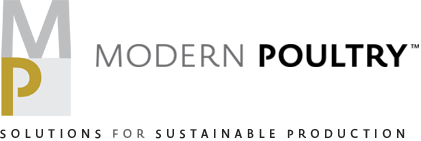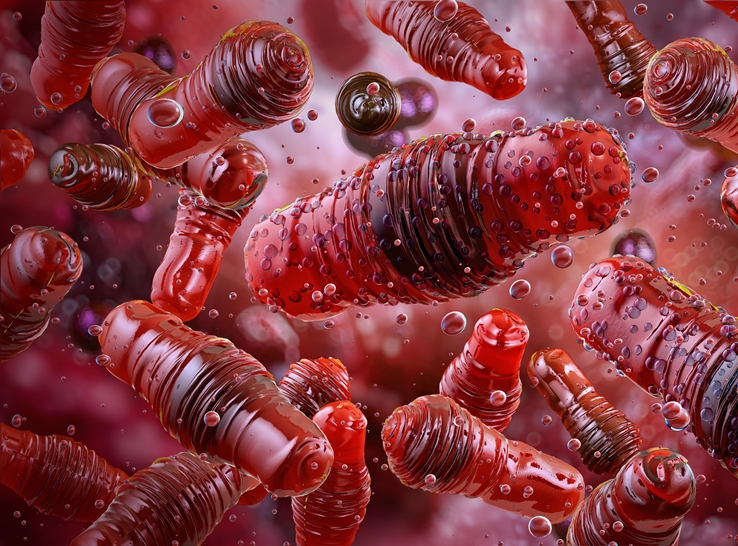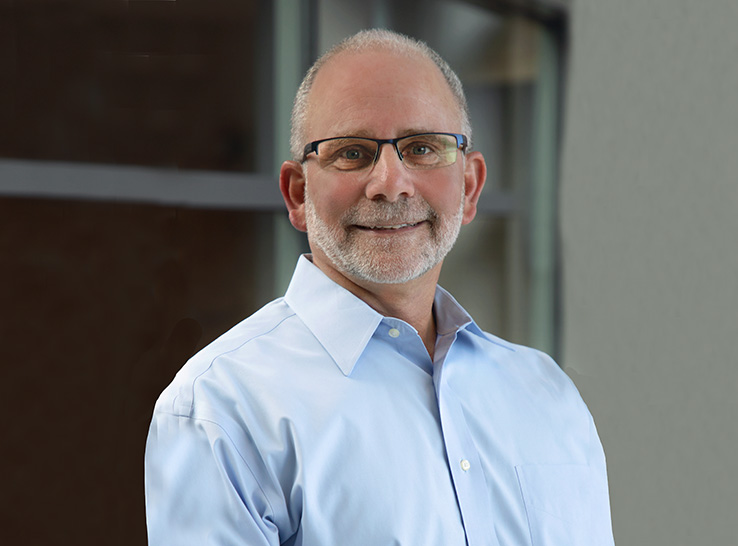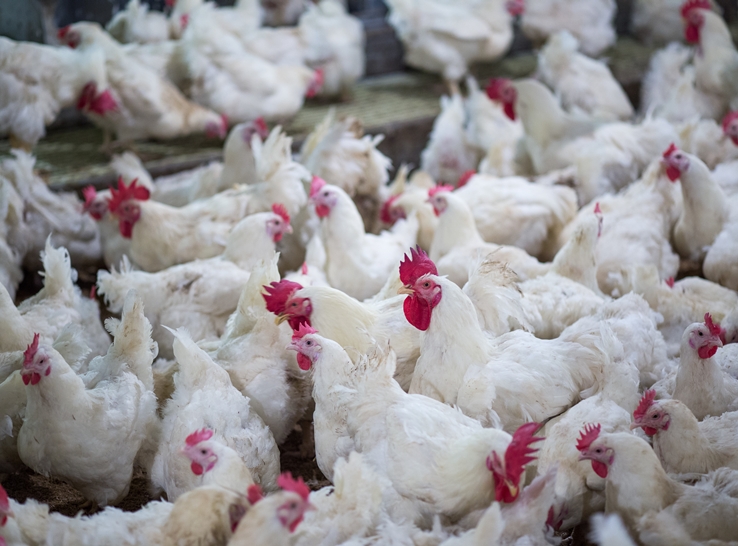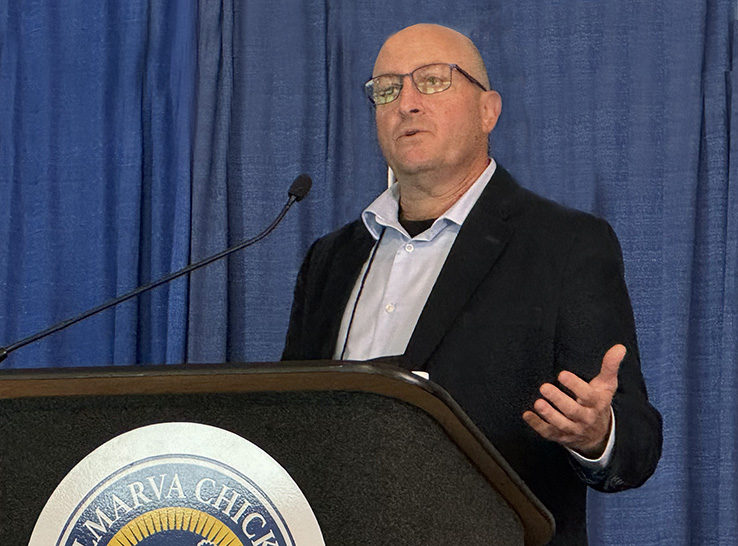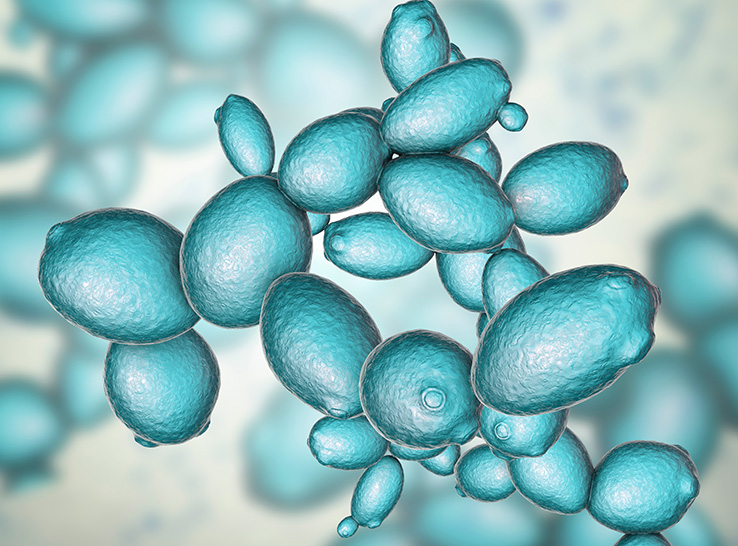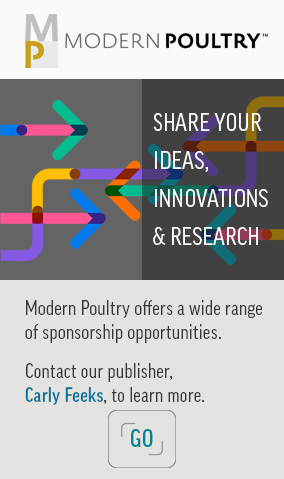The US poultry industry has taken strong steps to lead, innovate and manage rising expectations around laying hens.
Although challenges and pressures persist, there is plenty of positive news on the horizon, as new research findings are emerging to help poultry farms ensure an optimal balance of welfare and management.
“There is a strong reason for optimism,” said Marisa Erasmus, PhD, associate professor at Purdue University, speaking at the 2024 Georgia Layer Conference.
“Demand for eggs continues to increase at a high rate in the US and globally. US producers are well-positioned to meet the demand. Overall, despite highly pathogenic avian influenza, I would argue it’s still a really great time to be involved in the egg industry.”
US per-capita egg consumption has risen by 5% per year since 2000, and the global egg market is expected to grow an average of 8% per year for the foreseeable future, she said.
But to fully capture the potential, one of the keys to success will be continued innovation of welfare-friendly practices.
“One of the challenges — or opportunities, depending on how you look at it — that we’re facing is an increased demand for animal welfare. It’s been this way for several years now,” Erasmus noted.
Shift to cage-free
Included in this increased attention on animal welfare has been a consumer-driven demand toward cage-free egg production, placing a greater onus on poultry farms to upgrade hen housing systems.
The trend appears here to stay, Erasmus said, reflected not only in recent state legislation and the rise of animal-welfare certification programs but also more broadly as an integral part of the industry’s “social license” to operate.
“Social license to operate is basically the process whereby certain groups of people can influence whether or not companies can continue doing business,” Erasmus said. “It’s not a legal license, per se. It’s the idea that if a company has public support behind it, it’s a lot easier for them to continue doing business.
“Across animal agriculture, we see that the social license to operate continues to be really important,” she added.
In recent years, several large multinational grocers, retailers and restaurants have pledged to use only eggs produced by hens in cage-free housing systems by 2025. This has resulted in growing activity across poultry research to evaluate options for cage-free housing systems used in egg production, determine how they differ from conventional cage systems and identify the numerous challenges and benefits associated with shifting to these new systems.
What exactly does cage-free production mean? According to the United Egg Producers definition, which is consistent with many others, cage-free involves systems with these features and capabilities:
- Hens can roam vertically and horizontally indoors.
- Hens have access to fresh food and water.
- Hens can exhibit natural behavior.
- Systems include enrichments (scratch areas, perches, nests) and litter.
- Hens must be able to move in a way that promotes welfare.
“We’ve seen significant movement toward cage-free,” Erasmus said. “We’re up to 10 states right now with some laws on hen housing. We don’t have this in Indiana or Georgia, but we do have our pick of animal-welfare certification programs. Interestingly, we’re seeing some overlap now between some of the legislation and these certification programs.”
Animal welfare and ‘Five Freedoms’
The welfare demands are broader than housing alone, extending across many areas of animal care and including the environmental aspect.
The World Organization for Animal Health has been influential globally with its definition of animal welfare, stating that “According to the Terrestrial Code, animal welfare means ‘the physical and mental state of an animal in relation to the conditions in which it lives and dies.’”
Foundational to this definition is the concept of “Five Freedoms” that animals should be supported with:1
- Freedom from hunger and thirst. Providing ready access to water and a diet to maintain health and vigor.
- Freedom from discomfort. Providing an appropriate environment.
- Freedom from pain, injury and disease. Promoting prevention or providing a rapid diagnosis and treatment.
- Freedom to express normal behavior. Providing sufficient space, proper facilities and appropriate company of the animal’s kind.
- Freedom from fear and distress. Ensuring conditions and treatment that avoid mental suffering.
‘Five Domains’ framework drives research
Research supporting animal welfare has comprised five primary subject areas or domains2 — physical environment, nutrition and hydration, health/functional status and behavioral interactions — all of which contribute to a fifth domain: the animal’s mental experience.
Applying this framework to hen housing systems, key research has concentrated on:
Physical environment
- Housing design
- Resource placement and number
Nutrition and hydration
- Access to feed and water
Health/functional status
- Mislaid eggs, egg quality and safety
- Injuries
- Dust, diseases and parasites
Behavioral interactions
- Piling and smothering
- Injurious pecking
- Foraging, preening, perching, dustbathing
Mental experience
- All of the above feed into mental experience
“Progress in these areas contributes to the animal’s welfare status. We’re seeing a lot of new research now across each of these domains,” Erasmus said.
Researchers at Purdue, as well as others across the country, have conducted extensive research comparing cage-free-production housing systems. Among examples of innovative, ongoing housing work at Purdue is agent-based modeling to improve cage-free housing systems by exploring “What does the hen see?”
Exploring the welfare challenge from another angle, Erasmus’s work has strongly focused on parasites. Reducing the negative impacts of parasites represents a leading opportunity to enhance animal welfare while also enhancing production success as a whole.
“Parasites can be found in all housing systems,” Erasmus said. “They can result in anemia, decreased egg production and bodyweight, skin lesions and inflammation. Parasites can also lead to reduced feed efficiency and bring other negative consequences.”
The most recent progress of Erasmus and colleagues has been to better understand and mitigate the impact of the northern fowl mite, an external parasite that can infest hens in feathers of the vent. The team is currently completing research on how these mites influence cage-free egg production and devising methods for improving laying-hen welfare through improved mite management.
Additional work led by Erasmus and colleagues includes advancements in nutrition and hydration approaches for cage-free production. “There’s been quite a bit of research looking at probiotics and symbiotics,” Erasmus noted.
Other recent work includes addressing potential behavior-related issues with cage-free production, such as feather picking, piling and keel bone fractures.
Research facilities are also improving to accommodate and evaluate unique enhanced systems. For example, Purdue has a multi-tier aviary system.
“A lot is going on, and there is a lot of progress to come,” Erasmus said.
Teamwork-driven success
Welfare-focused research helps to meet increasing welfare-related demands. However, in many cases, welfare progress also has cross benefits for other aspects of production success, she noted.
“At the end of the day, everything is inter-related,” she said. “Birds that are doing better in their environments will be healthier. They’re going to be better able to fight off diseases, which will be positive in terms of food safety as well.”
What excites Erasmus is the potential for significant cross-disciplinary cooperation and “putting the puzzle pieces together” among researchers to make continued strong gains in welfare enhancement.
“There’s a lot we can accomplish by really working together, not only as researchers but also along with the industry, to share ideas and continue to figure out the best way forward.”
1. The five freedoms. https://webarchive.nationalarchives.gov.uk/ukgwa/20121010012427/http://www.fawc.org.uk/freedoms.htm
2. Mellor DJ, Reid CSW. Concepts of animal well-being and predicting the impact of procedures on experimental animals. In: Baker RM, Jenkin G, Mellor DJ, editors. Improving the Well-being of Animals in the Research Environment. Australian and New Zealand Council for the Care of Animals in Research and Teaching; Glen Osmond, Australia: 1994:3-18.
